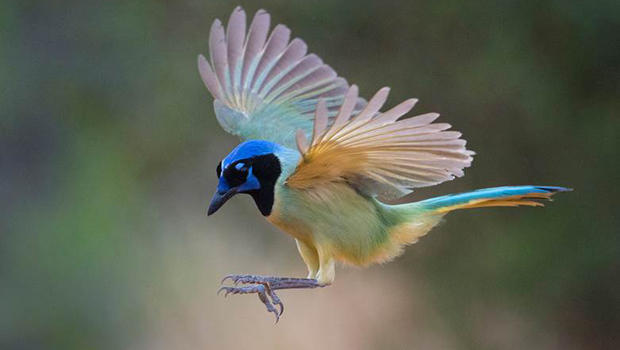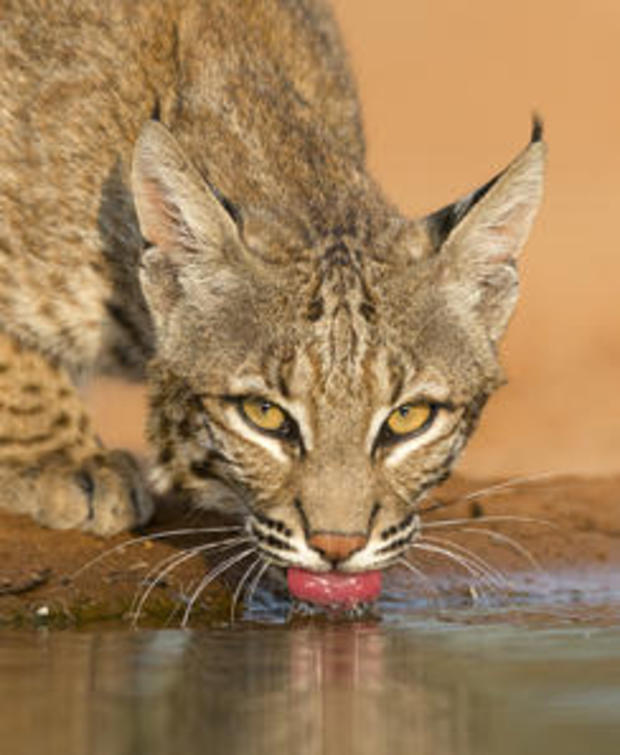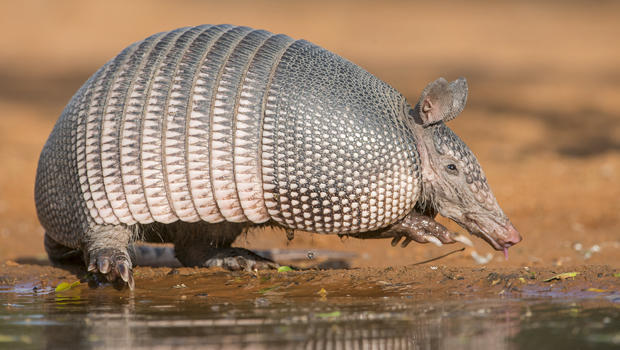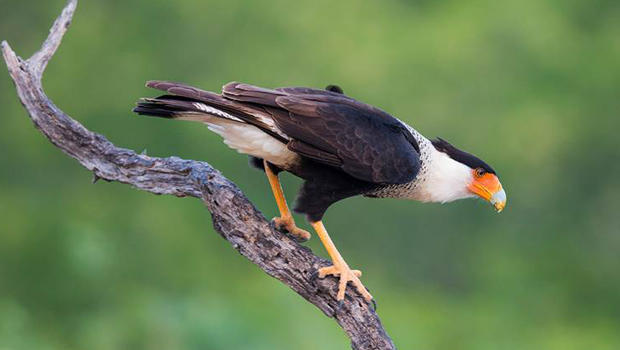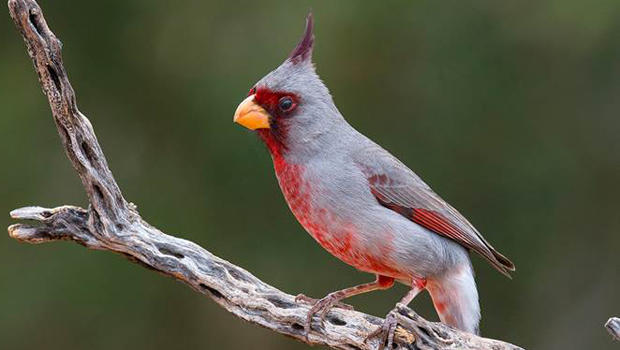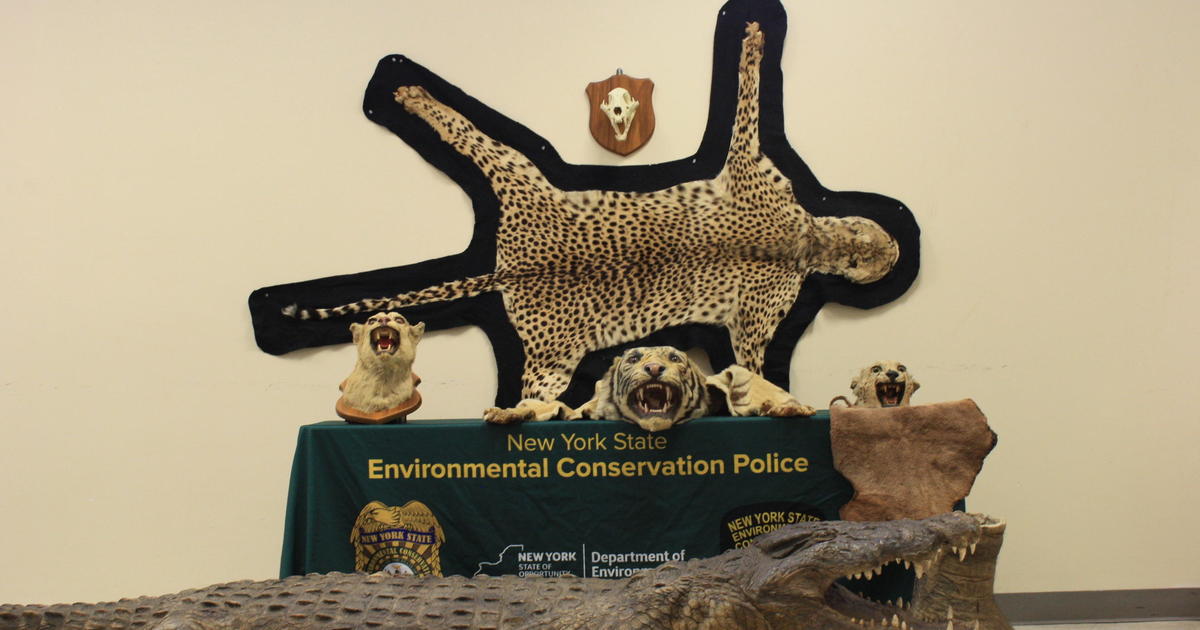Nature up close: A brush country wildlife oasis
By "Sunday Morning" contributing videographer Judy Lehmberg.
My first memory of the Rio Grande Valley of Texas, the home of Santa Clara Ranch, is from over forty years ago when I stole a cabbage just outside of Bentsen State Park on the Texas-Mexico border. A friend of mine and I had spent the night in a small tent near the entrance to the park so we could be the first ones in the next morning to see the wonderful birds. We were awakened beside a field of cabbage by the sounds of green jays raucously calling. It was wonderful!
The Valley is best known for the vegetables, citrus fruit and sugar cane grown there. Additionally, it is a magnet for bird watchers and photographers seeking the Valley specialties -- bird species that are common in Mexico but rare in the U.S.
Santa Clara Ranch, located in McCook, Texas, is a paradise for bird watchers and photographers. More importantly, the ranch benefits the animals which would otherwise not have a home, or a place to refuel as they migrate, if it didn't exist.
That may sound like an exaggeration to anyone who has not seen the vast fields of vegetables and wind farms literally surrounding Santa Clara. Owned by Dr. Beto Gutierrez and managed by Hector Astorga, this 300-acre island of native brush is remarkably the home to birds, bobcats, and an impressive variety of snakes and lizards.
I have never been lucky regarding bobcat sightings. One of the most memorable times I almost saw a bobcat was when I ended up with my face on the brake pedal of our school van, a story for another day. My absolute all-time best sighting was a female bobcat at Santa Clara. One afternoon she emerged from the brush like a shadow. I was so excited I almost forgot to push the record button on my camera. For seven wonderful minutes she stretched, looked, sat and drank. I got to watch her padding quietly to the waterhole with a big old fat tick on her forehead, an honor I will never forget.
In this rich farming country, the landowners who leave some of their farmland unplowed for wildlife are to be applauded. The Texas Parks and Wildlife Department has habitat incentives available to large landowners, and are the source of much information for smaller landowners about how to maintain wildlife habitat. The Santa Clara Ranch is rare because it is virgin brush, totally devoted to wildlife.
The Rio Grande Valley is probably best known for its produce, including its delicious Texas Ruby Red grapefruit, but thanks to people like Beto and Hector, there is some land left for its original inhabitants.
Judy Lehmberg is a former college biology teacher who now shoots nature videos.
For more info:
- Judy Lehmberg (Official site)
- Judy Lehmberg's YouTube Channel
To watch extended "Sunday Morning" Nature videos click here!
